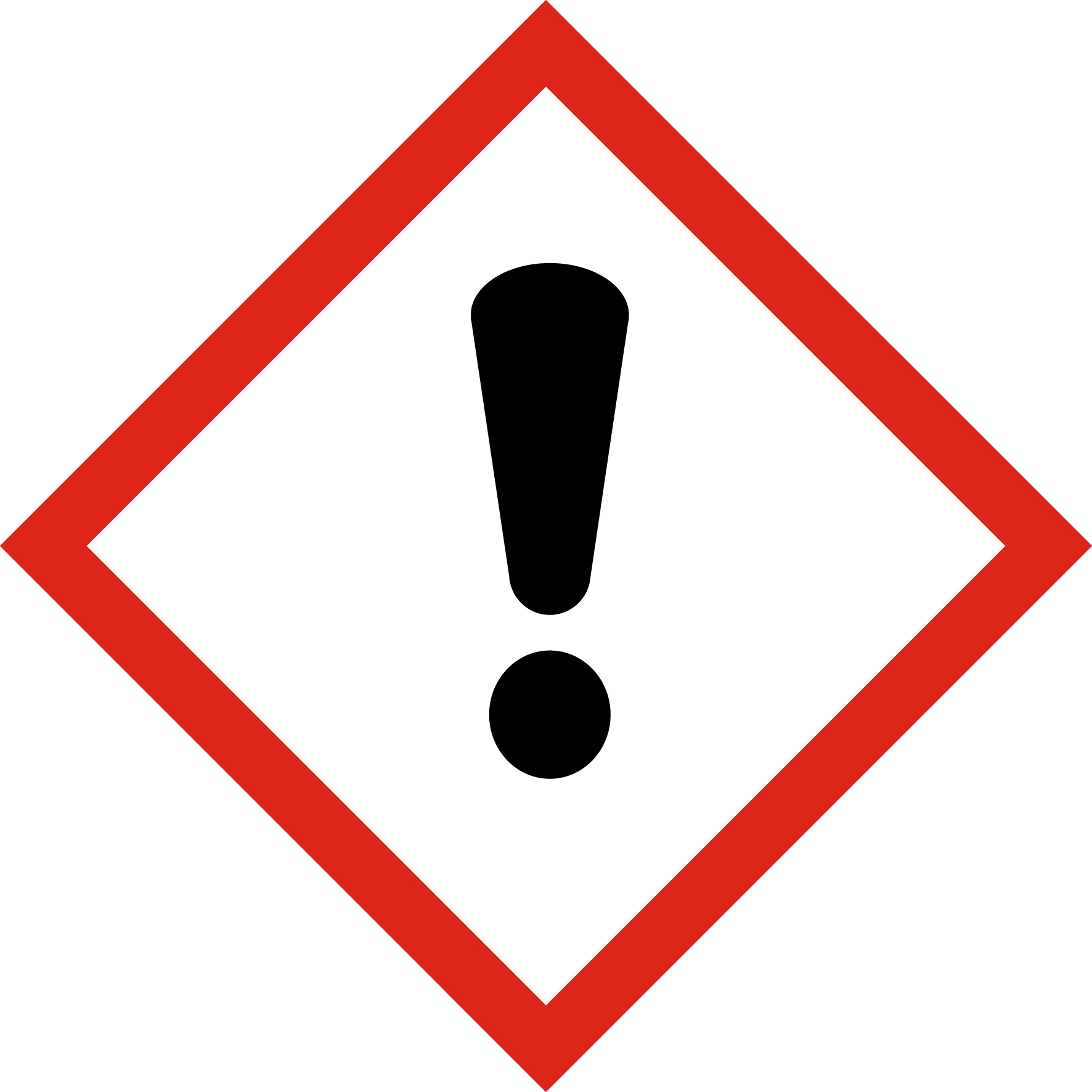
ANSES : Public consultation on guidelines for the issue of approval decisions
13 May 2015
EUROPE – EFSA: Guidance Document for Predicting Concentrations in Soil
28 May 2015ANSES was seised on 12 March 2015 by the Directorate General of Food (DGAL) a request for an opinion on the implementation of the CLP Regulation on the classification and labelling for tank mixes and use of plant protection products.
Two orders contain provisions relating to the classification and labelling made under old Directives. This is the order of 7 April 2010 on tank mixes of plant protection products and their adjuvants and the order of 12 September 2006 on the marketing and use of plant protection products. These orders should be revised and conform to CLP before 1 June 2015.
Annex VII to the CLP Regulation contains a table of conversion between the classification established by Directive 67/548/EEC on the one hand and the classification according to this second regulation on the other hand. However this conversion table does not allow for a simple transposition of the risk phrases and classification for plant protection products. In this context, ANSES was seised to provide its analysis on the appropriate classification and labelling for these two orders.
Order of 7 April 2010 relating to the use of tank mixes of products referred to in Article L. 253-1 of the French Rural Code
Current text:
“1° Tank mixes comprising:
– At least one product labelled very toxic (T +);
– Or at least a toxic product labelled (T);
– At least two products with one of the risk phrases R 40 or R 68;
– Or at least two products comprising the risk phrase R 48;
– Or at least two products with one of the risk phrases R 62 or R 63 or R 64.”
ANSES proposal:
“1° Tank mixes comprising:
– At least one product labelled H300, H301, H310, H311, H330, H331, H360F, H360D, H360Fd, H360Df, H370 or H372;
– At least two products with one of the hazard statements H341, H351, or H371;
– Or at least two products with the hazard statement H373;
– Or at least two products with one of the hazard statements H361d, H361fd, H361, or H362; “
ANSES emphasises that the requirements and criteria mentioned in the annex to the order regarding tank mixes are national risk management measures. Thus, it will be necessary that the national provisions are in line with the harmonised assessment methodologies since the cumulative risk assessment methodologies will be adopted at European level. Since the order on the prohibition of tank mixes is the responsibility of the ministers concerned, ANSES considers that the power to derogate should remain that of the Ministry of Agriculture.
Order of 12 September 2006 on the placing on the market and use of the products referred to in Article L. 253-1 of the French Rural Code
Current text:
“Except as provided by the decisions of approval referred to in Article L. 253-1 of the Rural Code, the reentry period is 6 hours and, when applied in a closed environment, 8 hours. It is increased to 24 hours after applying any product containing one of the risk phrases R36 (irritating to eyes), R38 (irritating to skin) or R41 (risk of serious damage to eyes) and 48 hours for those with one of risk phrases R42 (may cause sensitisation by inhalation) or R43 (may cause sensitisation by skin contact).”
ANSES proposal:
“Except as provided by the decisions of approval referred to in Article R.253-5 of the Rural and Maritime Fisheries Code, the reentry period is 6 hours and, when applied in a closed environment, 8 hours. It is increased to 24 hours after applying any product containing one of the hazard statements H319 (causes serious eye irritation), H315 (causes skin irritation) or H318 (causes serious eye damage) and 48 hours for those with a H334 risk phrases (may cause allergic symptoms or breathing difficulties if inhaled) or H317 (may cause an allergic skin reaction).”
ANSES emphasises that the requirements and criteria mentioned in the order complete the risk assessment to better take into account the effects related to local toxicity such as irritating effects. They are national risk management measures. These provisions are not harmonised at European level.


